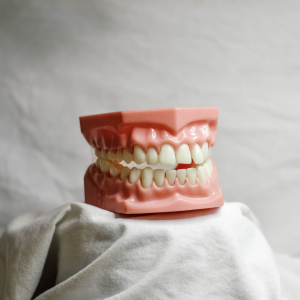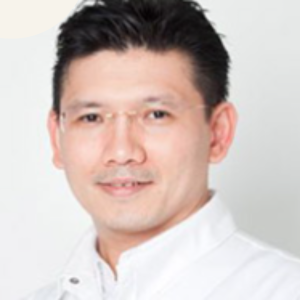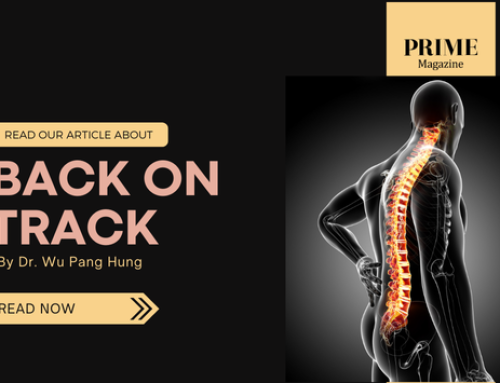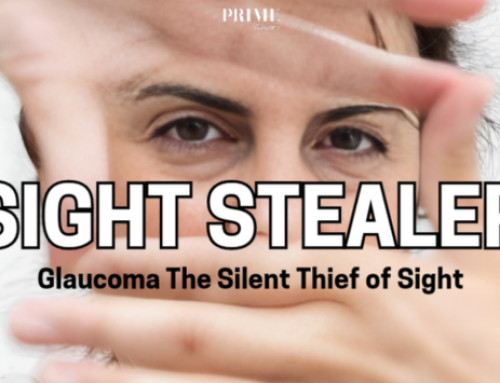
Question:
I have canine teeth that are slightly protruding. However, I chose not to pluck out these teeth as they do not affect my appearance. Some of my friends have advised me to pluck them out instead. They said that these teeth had the risk of forming cavities if I did not brush my teeth well and these cavities might spread to other parts of the teeth. I would like to know if I should really pluck out the protruding teeth at this age (I am in my 40s).
Answer:
Canines (also called eye teeth or cuspids),are the longest human teeth. Each of these teeth has a single sharp point and strong bite force. The maxillary canine teeth are usually the last of the front teeth to grow in place, usually at 13 years old. They can help to close any unsightly gaps between the other teeth. In some cases, however, there may not be enough room for these jaws to fit in. As such, they are unable to grow at the proper position and align with other teeth.
Maxillary canines (upper eye teeth) are the most commonly impacted after wisdom teeth. Wisdom teeth serve no important function in the mouth and are frequently removed, while canine teeth are usually the last to be extracted.
There are few possible consequences of protruding canines:
Aesthetics: The canines have a significant aesthetic role. Located at the corner, the canine teeth act as a transition between the anterior (front teeth) and posterior teeth (pre-molar teeth). If the canine does not erupt, there will be either a smaller, temporary tooth or a significant space between two teeth.
Function: Canines play a very important role when it comes to biting. They will be the first group of teeth to touch each other as the jaws are closing. They also guide other teeth in ensuring proper biting. If the teeth are not well positioned at the arch, they will not be able to function properly and this may cause premature wear on other teeth.
Cavities: No doubt, food and plaque will get stuck easily between protruding/crowded teeth and form cavities.
If you are not particular about the appearance of these slightly protruding canines, all you need to do is to just practise good oral hygiene by using the proper brushing technique. Use a softbristle toothbrush that is small enough to reach all areas, especially the hard-to- reach surfaces. Be careful when you brush around the protruding teeth: try to avoid brushing the gum, as the canine teeth are usually grown from the roof of your mouth. Flossing is very important as it ensures no food is stuck in between your teeth.
If you are particular about your appearance, you can always consider brace treatment to re-align the canine teeth. This treatment is usually customised to suit each patient’s needs and thus your orthodontist will discuss the treatment plan with you. Your orthodontist may suggest extracting one of the other teeth (usually the premolar tooth) so that your canine tooth has enough room to grow and align properly with the other teeth. However, do bear in mind that our teeth are fully matured by the time we enter adulthood, making it difficult to alter the shape of the dental arch, with a longer time required to do so.

Dr Raymond Lim has been at the forefront of patient-centric dental care services and professional expertise since 2005.
The National University of Singapore (NUS) alumnus who received a Bachelor of Dental Surgery (B.D.S) has advanced, with three years at National Dental Centre treating trauma and emergency patients and a two-year post at polyclinics as the overall in charge. His subsequent years in private practice have further spurred his passion in implantology; He was awarded Certification of Aesthetic Implant Dentistry from the University of Uclan (UK) in 2011.
With determined motivation to provide professional treatments with skill, precision and absolute dedication, he harnessed his years of experience in different sectors of the dental health industry to start his own practice.










